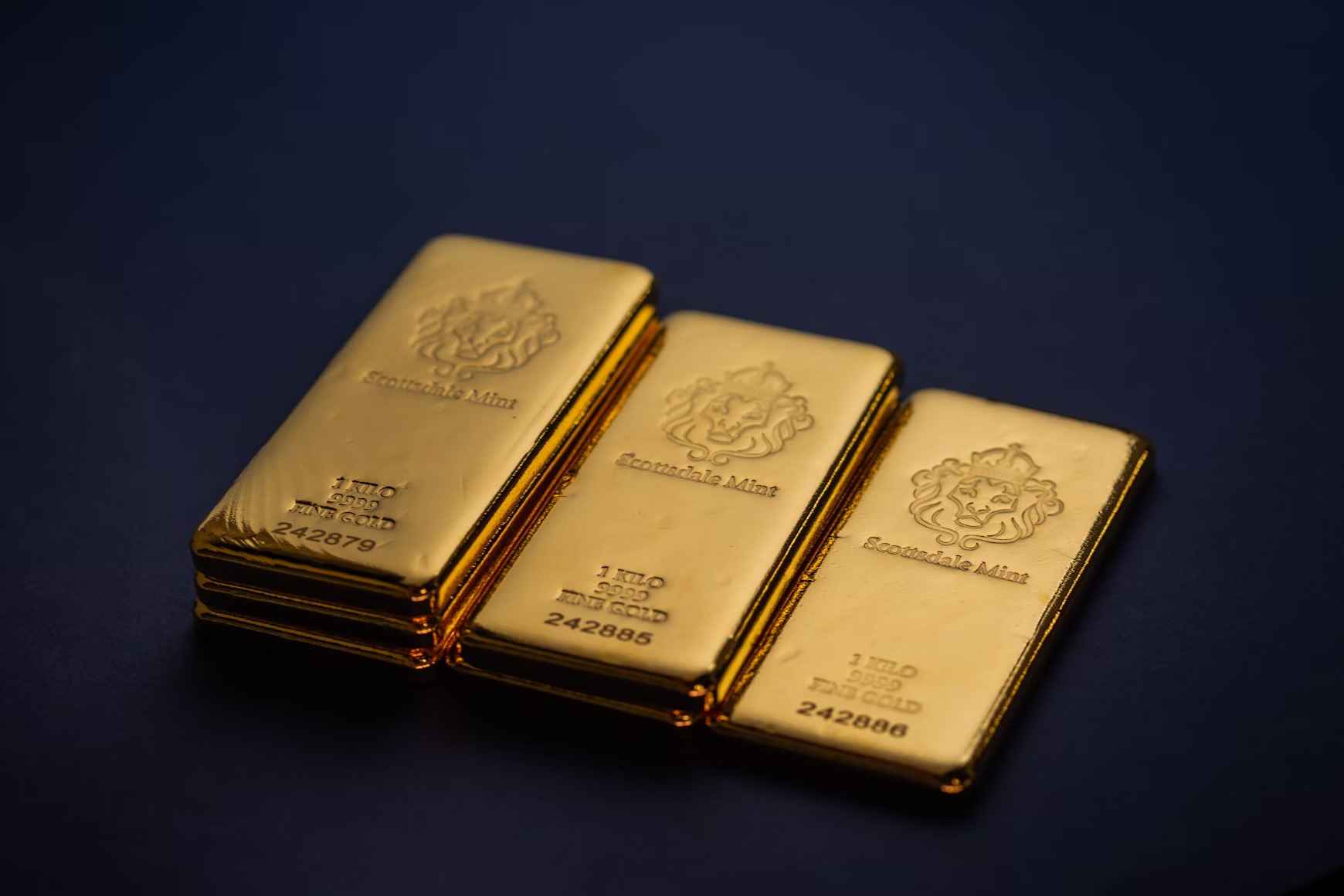
Gold prices reached an unprecedented $4,000 per ounce on Tuesday as global investors sought a safe haven against a combination of a weaker dollar, geopolitical volatility, economic uncertainty, and stubborn inflation.
Record Highs and Market Drivers
Gold futures closed at a record $4,004.40 per ounce, after touching an intraday all-time high of $4,014.60. Prices have soared by approximately 50% this year. This dramatic rise is attributed to several factors, including the U.S. dollar index dropping by 10% and the environment of uncertainty created by President Donald Trump upending the global trade system and threatening the independence of the Federal Reserve.
Both central banks and retail investors are buying gold at a rapid pace. Countries including China are actively diversifying their holdings away from U.S. Treasurys and into gold following Washington’s imposition of stiff sanctions on Russia after its invasion of Ukraine in 2022. Concurrently, retail investors are looking to gold for protection against persistent inflation.
The most recent surge in the precious metal’s price occurred after the Federal Reserve cut interest rates for the first time this year in September. This action immediately made short-term debt instruments, such as Treasury bills, less appealing to investors. The market is currently anticipating two further reductions in the fed funds rate—which presently stands at 4.00% to 4.25%—before the year concludes. The Fed is scheduled to meet next in three weeks, on October 29.
Investment Advice and Warnings
Ray Dalio, founder of Bridgewater Associates, advised investors on Tuesday to allocate “something like 15% of your portfolio in gold.” Speaking at the Greenwich Economic Forum in Connecticut, Dalio characterized debt instruments as “not an effective store of wealth.” He further noted that gold is “the one asset that does very well when the typical parts of your portfolio go down.” However, Bank of America (BofA) urged caution to clients on Monday as prices approached the $4,000 mark. BofA warned that gold faces an “uptrend exhaustion,” which could lead to “a consolidation or correction” during the fourth quarter.
Author’s Opinion
The surge of gold prices to a never-before-seen level is a direct signal of profound, systemic distrust in the stability of the US dollar and American fiscal leadership. When central banks actively dump US Treasurys for physical gold following the weaponization of the dollar through sanctions, the cost of storing digital wealth is perceived as outweighing the political risk of holding physical assets. This record gold price is less about investor excitement and more about a global flight from risk, confirming that gold is the ultimate barometer of geopolitical and monetary fear.
Featured image credit: Scottsdale Mint via Unsplash
For more stories like it, click the +Follow button at the top of this page to follow us.
